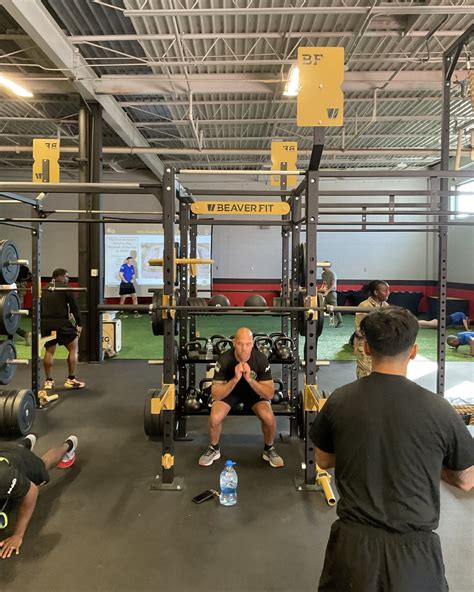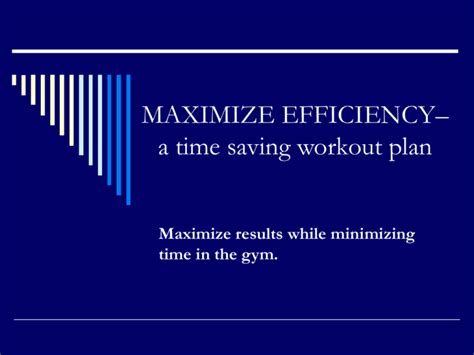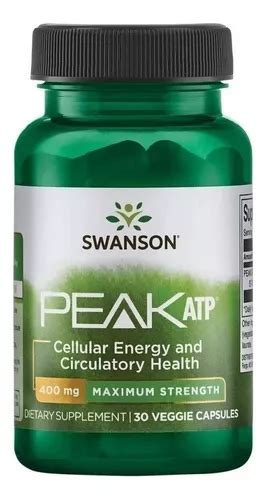Optimize muscle activation for peak strength and explosive power gains?
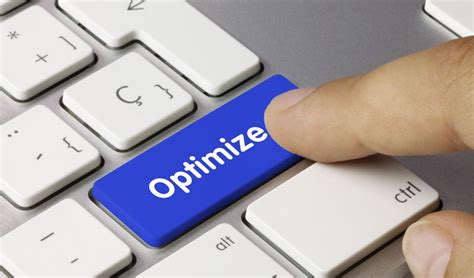
Unlocking Your Full Potential Through Enhanced Muscle Activation
In the pursuit of peak physical performance, particularly in strength and explosive power, the ability to effectively activate your muscles is paramount. It’s not just about how much weight you lift, but how efficiently your body recruits muscle fibers to execute the movement. Optimal muscle activation ensures that more of your muscle tissue contributes to the task, leading to greater force production, improved power output, and a reduced risk of injury.
Many athletes and lifters often leave significant gains on the table by failing to engage their muscles fully. This article will explore key strategies and techniques to enhance your muscle activation, translating into tangible improvements in both strength and explosive power.
Understanding Neuromuscular Efficiency
At its core, muscle activation is a function of your neuromuscular system. Neuromuscular efficiency refers to the ability of your nervous system to recruit the correct muscles (agonists, synergists, and stabilizers) at the right time, with the appropriate force, to produce a desired movement. When this system is optimized, your brain sends stronger, more synchronized signals to your muscle fibers, particularly fast-twitch fibers crucial for power, allowing them to contract more powerfully and rapidly.
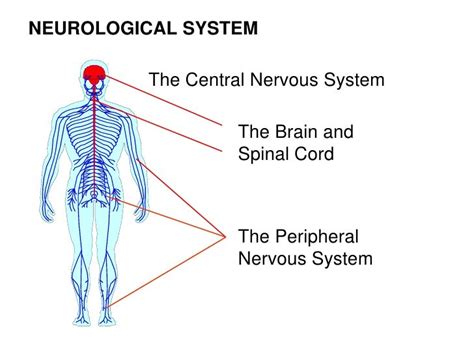
Cultivating the Mind-Muscle Connection
Perhaps the most fundamental aspect of improving muscle activation is developing a strong mind-muscle connection. This involves consciously focusing on the muscle you intend to work during an exercise, feeling it contract and stretch through the full range of motion. It’s about quality over quantity, even if it means reducing the weight initially.
- Intentional Squeezing: At the peak contraction of an exercise, consciously squeeze the target muscle. For example, during a bicep curl, visualize and feel your bicep shortening.
- Slow and Controlled Reps: Performing repetitions at a slower tempo, especially during the eccentric (lowering) phase, can heighten awareness of muscle engagement.
- Tactile Cues: Sometimes, placing a hand on the muscle you’re trying to activate can provide valuable biofeedback.
Technique Over Weight: The Foundation of Activation
Improper form not only increases injury risk but also shifts the load away from the target muscle, often engaging secondary muscles or relying on momentum. Prioritizing impeccable technique ensures that the intended muscle groups are doing the majority of the work. Focus on stability, controlled movements, and a full range of motion.
Before adding more weight, perfect your form with lighter loads. This creates a stronger neural pathway for the correct movement pattern, making it easier for your body to activate the right muscles when you do increase intensity.
Dynamic Warm-ups and Activation Drills
A static stretch-heavy warm-up might not be ideal for priming muscles for intense work. Instead, incorporate dynamic movements and specific activation drills that target key muscle groups before your main lifts. These drills “wake up” the nervous system and increase blood flow to the muscles, preparing them for peak performance.
- Glute Bridges and Band Walks: Excellent for glute and hip activation before squats or deadlifts.
- Scapular Retractions/Depressions: Prepares the back and shoulders for pressing and pulling movements.
- Plyometric Jumps (low intensity): Can prime the nervous system for explosive power work.

Tempo Training: Manipulating Time Under Tension
Varying the tempo of your repetitions can be a powerful tool for enhancing muscle activation. By controlling the speed of the concentric (lifting), isometric (hold), and eccentric (lowering) phases, you can increase time under tension and force the muscle to work harder. For example, a 3-0-1-0 tempo (3 seconds eccentric, 0 second pause, 1 second concentric, 0 second pause) can significantly challenge muscle fibers and improve control.
Implementing Post-Activation Potentiation (PAP)
Post-Activation Potentiation is an advanced training technique that leverages the phenomenon where a maximal or near-maximal contraction can temporarily enhance subsequent muscle performance. Essentially, performing a heavy strength exercise (e.g., a heavy squat) can prime your nervous system for more powerful, explosive movements (e.g., box jumps or sprints) shortly afterward.
PAP protocols typically involve a “conditioning activity” (e.g., 1-3 reps at 85-95% 1RM) followed by a short rest period (3-10 minutes) before performing the “potentiated activity” (the explosive movement). This technique requires careful programming and is generally suited for experienced lifters.
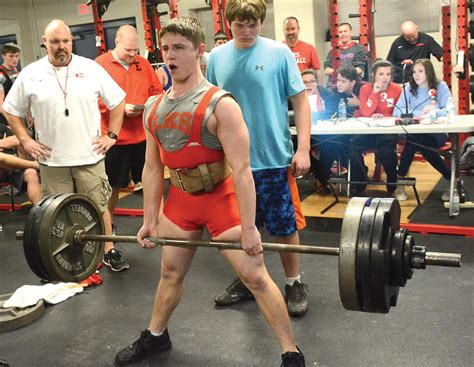
Periodization and Progressive Overload
For long-term gains in strength and power through enhanced muscle activation, a structured training program incorporating periodization and progressive overload is essential. Periodization involves varying training intensity and volume over time to prevent plateaus and optimize adaptation. Progressive overload means consistently challenging your muscles by gradually increasing resistance, volume, or reducing rest times. As your muscles adapt to these challenges, your nervous system becomes more efficient at recruiting them.

Listen to Your Body and Recover
Over-training can lead to diminished returns and even hinder muscle activation. Ensure you prioritize adequate rest, sleep, and nutrition. A fatigued nervous system cannot optimally activate muscles. Incorporate deload weeks and active recovery to allow your body to rebuild and come back stronger.

Conclusion: The Path to Peak Performance
Optimizing muscle activation is a multifaceted approach that combines mindful execution, intelligent programming, and diligent recovery. By focusing on the mind-muscle connection, perfecting your technique, incorporating dynamic warm-ups and advanced strategies like PAP, you can significantly enhance your body’s ability to recruit muscle fibers effectively. This not only leads to impressive gains in strength and explosive power but also fosters a deeper understanding and control over your body, propelling you towards your peak performance potential.




